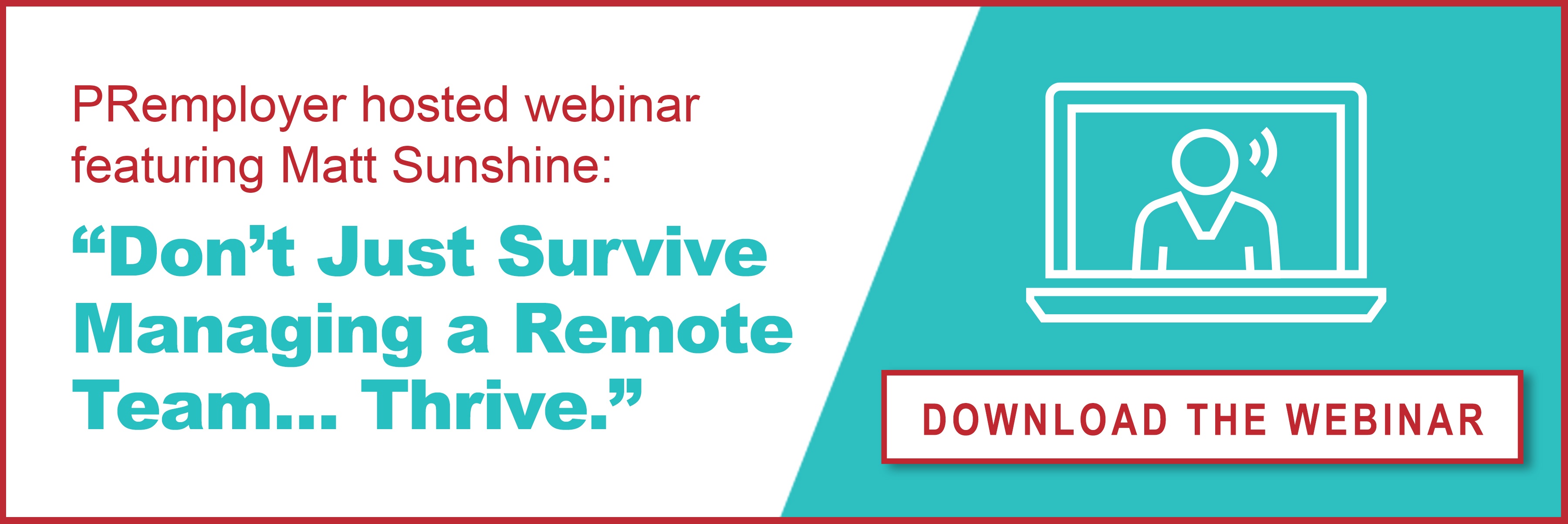
What is the ROI of Outsourcing HR?
While it may be easy to calculate how much your business benefits from outsourcing security, cleaning, or IT services, HR outsourcing is somewhat trickier.
In September 2019, the National Association of Professional Employer Organizations (NAPEO) issued a report, which showed that the annual ROI of outsourcing HR is 27.2%.
However, not all companies that offer HR services can help your business achieve an ROI that high. To get the most out of the partnership, you need to collaborate with a Professional Employer Organization (PEO).
How do you figure out if your company can achieve an ROI that high with a PEO? Go deeper into where savings come.
5 Areas of Savings with PEO
The key areas where savings come from are:
1. HR Personnel Costs
Hiring a sufficient number of HR professionals to execute all the necessary responsibilities is costly. Working with a PEO is cost-efficient compared to paying salary and benefits to in-house HR experts.
2. Health Benefits
PEOs offer small and medium-sized companies a unique opportunity to enjoy the same health benefits larger corporations do without paying extra. Specifically, companies can access health plans negotiated at scale by experts in the PEO.
3. Workers’ Compensation
The majority of PEOs have insurance with large workers’ compensation insurance companies. They can reduce or eliminate down payments related to the purchase of workers’ compensation insurance. Claims management keeps the number of claims down which keeps the cost of workers’ compensation insurance down.
4. Unemployment Insurance (UI)
Working with a PEO can reduce the number of unemployment compensation claims. Improved access to benefits creates workforce stability and lowers turnover rates. NAPEO’s study also found that most PEO clients paid less for unemployment insurance.
5. External Expenditures Related to HR
PEO reduces expenses related to payroll services, benefits, recruiting fees, legal costs. A certified PEO can cut costs related to filing federal taxes.
Reasoning Behind the 27.2% ROI Figure
For PEO clients, the net cost savings benefit of hiring a PEO equals the savings experienced as a result of using a PEO minus the cost of being a PEO client. (Cost savings benefits= savings – cost). Dividing the result by the cost shows the ROI of hiring a PEO.
An ROI of 27.2% means that for every $1,000 a company spends on PEO services, it saves $1,272. That means the cost savings benefit is $272 for every $1,000. (272/1000x100 = 27.2%).
It's worth noting that parameters for all ROI calculations are an average taken from NAPEO's PEO client database. It means that about half of PEO clients can achieve an ROI bigger than 27.2%, while roughly half may see an ROI lower than 27.2%.
The majority of savings come from HR Personnel Costs and Health Benefits Costs. Thus, clients that save more on HR personnel and health benefits have a chance to achieve an ROI higher than 27.2%.
Average Costs Savings By Employee
NAPEO calculated the PEO-related cost savings per employee using the above five factors and compared it to PEO-related costs per worksite employee from the 2018 NAPEO Financial Ratio & Operating Statistics Survey.
They found that the average annual cost savings from PEO collaboration are $1,775 per employee. Meanwhile, the average PEO cost per employee is $1,395. As a result, the annual ROI turned out to be 27.2%.
The annual cost savings by an employee can be broken into the following cost categories:
- Internal HR Salaries/Benefits – 54%
- Health benefits costs – 37%
- Other external HR expenditures – 5%
- Worker's compensations costs – 4%
- Unemployment insurance costs – 0+%
This breakdown can be used to calculate general savings a company can benefit from by working with a PEO. Because NAPEO was unable to aggregate enough data on unemployment insurance costs, they set it at 0% to keep the estimate conservative.
This level of savings is impossible to achieve with non-PEO HR outsourcing partners because they only affect personnel costs and payroll services, which is only about 59% of the overall savings. These companies don't provide access to the savings categories, such as healthcare and other benefits.
Calculating Your Potential ROI
While 27.2% ROI is a formidable number, it may not apply to your company if you don't take full advantage of PEO's health benefits and personnel services. However, you can achieve a higher ROI in case your company is overpaying for benefits and supporting a large HR department. Take advantage of the above percentage breakdown and PEO ROI formula to estimate the ROI for your business.

